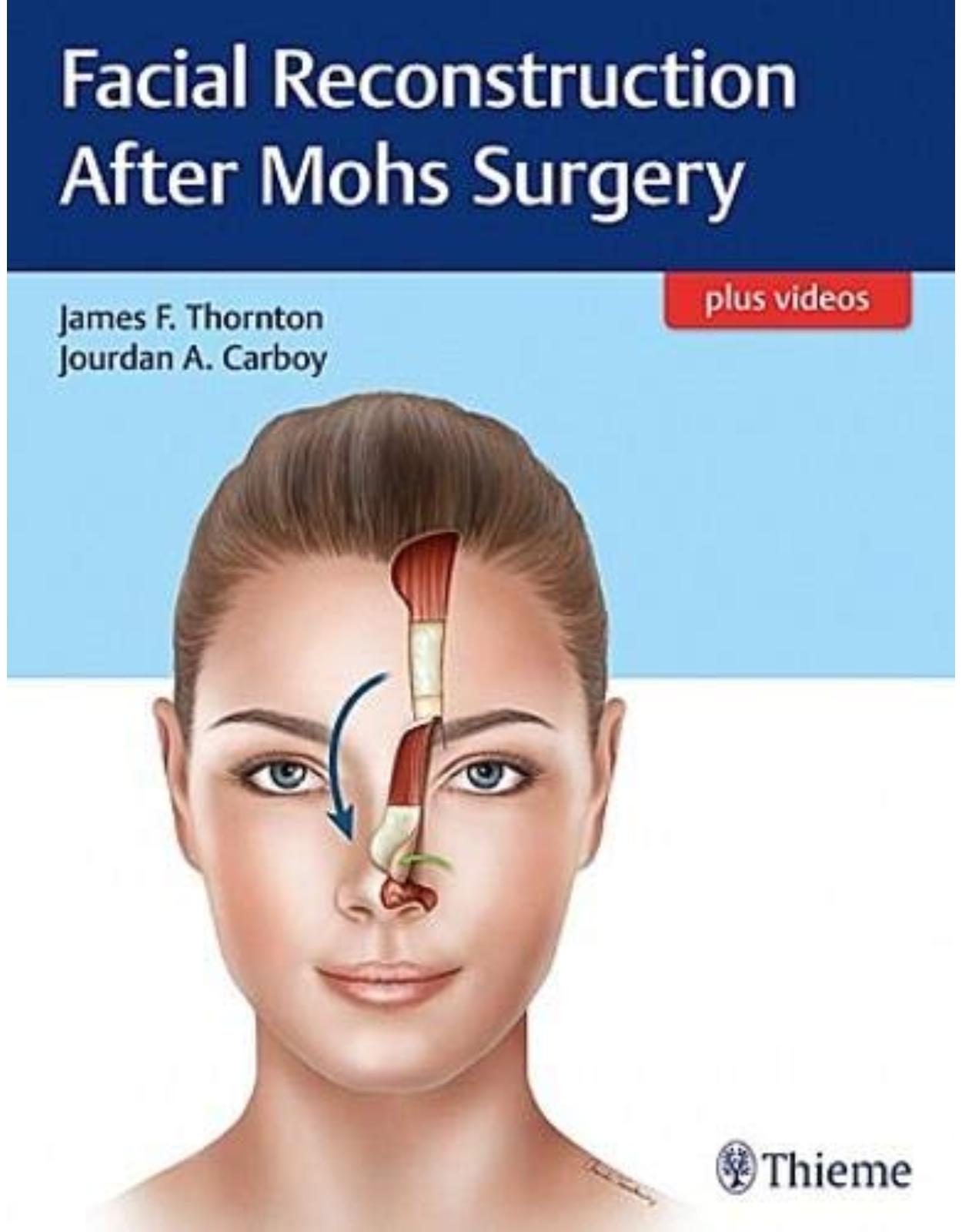
Facial Reconstruction After Mohs Surgery
Livrare gratis la comenzi peste 500 RON. Pentru celelalte comenzi livrarea este 20 RON.
Disponibilitate: La comanda in aproximativ 4 saptamani
Editura: Thieme Medical Publisher
Limba: Engleza
Nr. pagini: 228
Coperta: Hardcover
Dimensiuni: 27.94 x 21.59 cm
An aparitie: 7 Feb. 2018
Description:
Facial Reconstruction after Mohs Surgery
The growing worldwide incidence of melanoma and nonmelanoma skin cancers has driven the development of effective treatment methodologies. Mohs is the gold standard surgical treatment for excision of skin cancers on the head and neck. While Mohs surgery has a 99% effectiveness rate for new cancers and 95% for recurrences, more than 90% of reconstructed patients desire some improvement in their operative scars.
Facial Reconstruction after Mohs Surgery by James Thornton and Jourdan Carboy summarizes 15 years and 12,000 cases in a surgical practice devoted to post-Mohs facial reconstruction. Step-by-step guidance is provided on efficacious, aesthetically pleasing, and functionally complete repairs, respective of a patient's age, anesthesia considerations, and available resources. In addition to succinct chapters on lip, ear, cheek, scalp, and nasal reconstruction, subspecialty chapters cover anesthesia, Mohs surgery, oculoplastic surgery, and microvascular reconstruction. Throughout the text, complete and concise clinical algorithms serve as a framework to help simplify difficult clinical concepts.
Key Highlights:
General techniques including wound care, skin and cartilage grafts; and local and pedicled flaps
The management of intraoperative, acute, and late healing stage complications; scar optimization and revision surgeries
Additional procedural guidance provided in 20 high quality video clips posted in the Thieme MediaCenter
Nearly 500 full-color photos and precise drawings add a rich visual dimension and show stepwise operative sequences
This book is comprehensive resource on tried and true techniques for soft tissue reconstruction after Mohs cancer resection. It is essential reading for plastic surgery, facial plastic surgery and dermatology residents and clinicians with practices devoted to facial plastic surgery.
Table of Contents:
Part 1: Introduction
1 Special Considerations for Mohs Patients
1.1 General Principles
1.2 Conduct of the Operation
References
2 Anesthesia for Reconstruction of Facial Mohs Defects
2.1 General Principles
2.2 Types of Anesthesia
2.2.1 Monitored Anesthesia Care
2.2.2 General Anesthesia
2.3 Recovery
2.3.1 Obstructive Sleep Apnea
2.3.2 Malignant Hyperthermia
2.4 Operating Room Fires
2.5 Postoperative Cognitive Dysfunction
2.6 A Note on Office-Based Anesthesia
References
3 Mohs Micrographic Surgery
3.1 Introduction
3.2 History
3.3 Preoperative Considerations
3.4 Description of Technique
3.5 Postoperative Considerations
3.6 Complications
3.6.1 Nonmelanoma Skin Cancers
3.6.2 Basal Cell Carcinoma
3.6.3 Squamous Cell Carcinoma
3.6.4 Melanoma
3.6.5 Other Tumors
3.7 Conclusion
References
4 Cellular and Tissue-Based Wound Care
4.1 Algorithm
4.1.1 General Considerations
4.2 Integra
4.3 Cellular and Tissue-Based Products
References
5 Full-Thickness Skin Grafts
5.1 Algorithm
5.1.1 General Considerations
5.2 Selection of Donor Site
5.3 Graft Elevation and Inset
5.3.1 Bolstering the Graft
5.3.2 Postoperative Care
References
6 Split-Thickness Skin Grafting
6.1 General Considerations
6.2 Donor-Site Selection
6.3 Harvest Technique
6.4 Graft Inset
References
7 Cartilage Grafts
7.1 General Considerations
7.2 Donor-Site Selection
7.2.1 Conchal Bowl Donor Site
7.2.2 Rib Cartilage Donor Site
7.2.3 Septal Cartilage Donor Site
7.2.4 Banked Frozen Allograft Cartilage
References
8 Pedicled Flaps
8.1 General Considerations
8.1.1 Nasolabial Flap
8.1.2 Paramidline Forehead Flap
8.2 Postoperative Care
References
9 Local Flaps
9.1 General Considerations
9.2 Linear Closure
9.3 Rotation Flaps
9.4 Advancement Flaps
9.5 Transposition Flaps
9.6 Bilobed Flap
9.7 Dorsal Nasal Flap
9.8 Melolabial Flap
9.9 Note Flap
References
Part 2: Techniques for Specific Anatomic Location
10 Scalp Reconstruction
10.1 Algorithm For Closure
10.1.1 General Considerations
10.2 Commonly Applied Methods of Closure
10.2.1 Bone Exposure and Calvarial Defects
10.2.2 Direct Closure
10.3 Postoperative Management
References
11 Forehead Reconstruction
11.1 Algorithm for Closure
11.1.1 General Considerations
11.2 Commonly Applied Methods of Closure
11.2.1 Delayed Healing/Acellular Adjuncts
11.2.2 Direct Closure
11.2.3 Defects Involving the Eyebrow
11.3 Postoperative Management
References
12 Introduction to Nose and Simple Nasal Defects
12.1 General Principles of Nasal Reconstruction
12.1.1 Regional Considerations: Upper Two-Thirds versus Lower One-Third of the Nose
12.2 General Techniques for Closure of Simple Nasal Defects
12.2.1 Secondary Healing
12.2.2 Full-Thickness Skin Grafting
12.2.3 Primary Closure and Local Flaps for Simple Defects
12.3 Seven Local Flap Options
12.3.1 Primary Closure
12.3.2 Note Flap
12.3.3 Bilobed Flap
12.3.4 Dorsal Nasal Flap
12.3.5 V-Y Advancement Flap
12.3.6 Melolabial Flap
12.3.7 Postoperative Management
References
13 Complex Nasal Defects
13.1 General Principles in Complex Nasal Defects and Reconstruction
13.1.1 Nasolabial Flaps
13.1.2 Forehead Flaps
13.2 Special Considerations: Three-Stage Forehead Flap
13.2.1 Special Considerations: Lining and Cartilage Support
13.2.2 Postoperative Management
13.3 Free Tissue Transfer
13.3.1 Potential Approaches
13.3.2 Technique
13.4 Problems and Complications
References
14 Nasal Reconstruction Based on Subunits
14.1 Algorithm for Closure
14.1.1 Sidewall
References
15 Eyelid Reconstruction
15.1 Anatomical Considerations
15.2 Algorithm for Closure
15.3 Defects Involving the Canthus
15.3.1 Medial Canthal Defects
15.3.2 Lateral Canthal Defects
15.4 Defects Not Involving the Canthus
15.4.1 Upper and Lower Eyelid: Partial-Thickness Defects
15.4.2 Upper and Lower Eyelid: Full-Thickness Defects
References
16 Cheek Reconstruction
16.1 Algorithm for Closure
16.1.1 General Considerations
16.1.2 Commonly Applied Methods of Closure
16.2 Primary Closure
16.3 V-Y Advancement Flap
16.4 Perialar Crescentic Advancement Flap
16.5 Cervicofacial Advancement Flaps
16.6 Full-Thickness Skin Grafts
16.7 Postoperative Management
References
17 Chin Reconstruction
17.1 Algorithm for Closure
17.2 Commonly Applied Methods of Closure
17.2.1 Primary Closure
17.2.2 Bilobed Flaps
17.3 V-Y Advancement Flap
17.4 Full-Thickness Skin Grafts
17.5 Postoperative Management
References
18 Lip Reconstruction
18.1 Algorithm for Closure
18.1.1 Anatomy
18.2 Commonly Applied Methods of Closure
18.2.1 Mucosal-Only Defects
18.3 Skin-Only Defects
18.3.1 Direct Closure
18.4 Combined Skin and Mucosal Defects
18.4.1 Direct Closure with or without Wedge Resection
18.4.2 Central Defects of the Upper Lip: Abbe and Rotation Flaps
18.4.3 Lateral Commissure Defects: Advancement Closure
18.4.4 Large Defects of the Upper or Lower Lip: Karapandzic Flap
18.4.5 Upper and Lower Lip Mismatch: AlloDerm Placement
18.5 Postoperative Management
References
19 Ear Reconstruction
19.1 Algorithm for Ear Reconstruction
19.1.1 Anatomical Considerations
19.2 Commonly Applied Methods of Closure
19.2.1 Secondary Closure
19.2.2 Full-Thickness Skin Grafting
19.2.3 Local Flap Wedge or Local Flap Closure
19.2.4 Folded Postauricular Two-Stage Ear Flap Reconstruction (Dieffenbach Flap)
19.2.5 Postoperative Care
19.3 Total Ear Reconstruction
19.3.1 Medpor Technique
19.3.2 General Operative Setup
19.3.3 Procedure Details
19.3.4 Dressings
References
Part 3: Management of Complications and Revisions
20 Intraoperative Complications and Initial Management
20.1 General Principles
20.1.1 A Note on Patient Consent
20.2 Intraoperative Complications
20.2.1 Fire
20.2.2 Bronchospasm
20.2.3 Perioperative Anaphylaxis
20.2.4 Corneal Injuries
20.2.5 Nerve Injury
References
21 Management of Complications in the Acute Healing Stage
21.1 General Principles
21.1.1 Hematoma
21.1.2 Infection
21.1.3 Dermatitis
21.1.4 Chondritis
21.1.5 Flap Failure
References
22 Management of Complications in the Late Healing Stage
22.1 General Considerations
22.1.1 Hypo- and Hyperpigmentation
22.1.2 Contour Abnormalities
22.1.3 Cancer Recurrence
References
23 Skin Graft Revisions
23.1 General Principles
23.1.1 Initial Postoperative Visit
23.1.2 Unacceptable Color Match or Scar Contour
23.1.3 Dermabrasion
References
24 Local Flap Revisions
24.1 Complications and Their Management
24.1.1 Noninvasive Management
24.1.2 Revision Surgery
24.1.3 Z-Plasty
References
25 Pedicled Flap Revisions
25.1 Introduction
25.2 General Principles
25.2.1 Early Healing Stage
25.2.2 Contour Abnormalities and Late Healing Stage Revisions
25.2.3 Autologous Fat Grafting
References
Index
| An aparitie | 7 Feb. 2018 |
| Autor | James Thornton, Jourdan Carboy |
| Dimensiuni | 27.94 x 21.59 cm |
| Editura | Thieme Medical Publisher |
| Format | Hardcover |
| ISBN | 9781626237346 |
| Limba | Engleza |
| Nr pag | 228 |
-
1,19700 lei 1,04500 lei

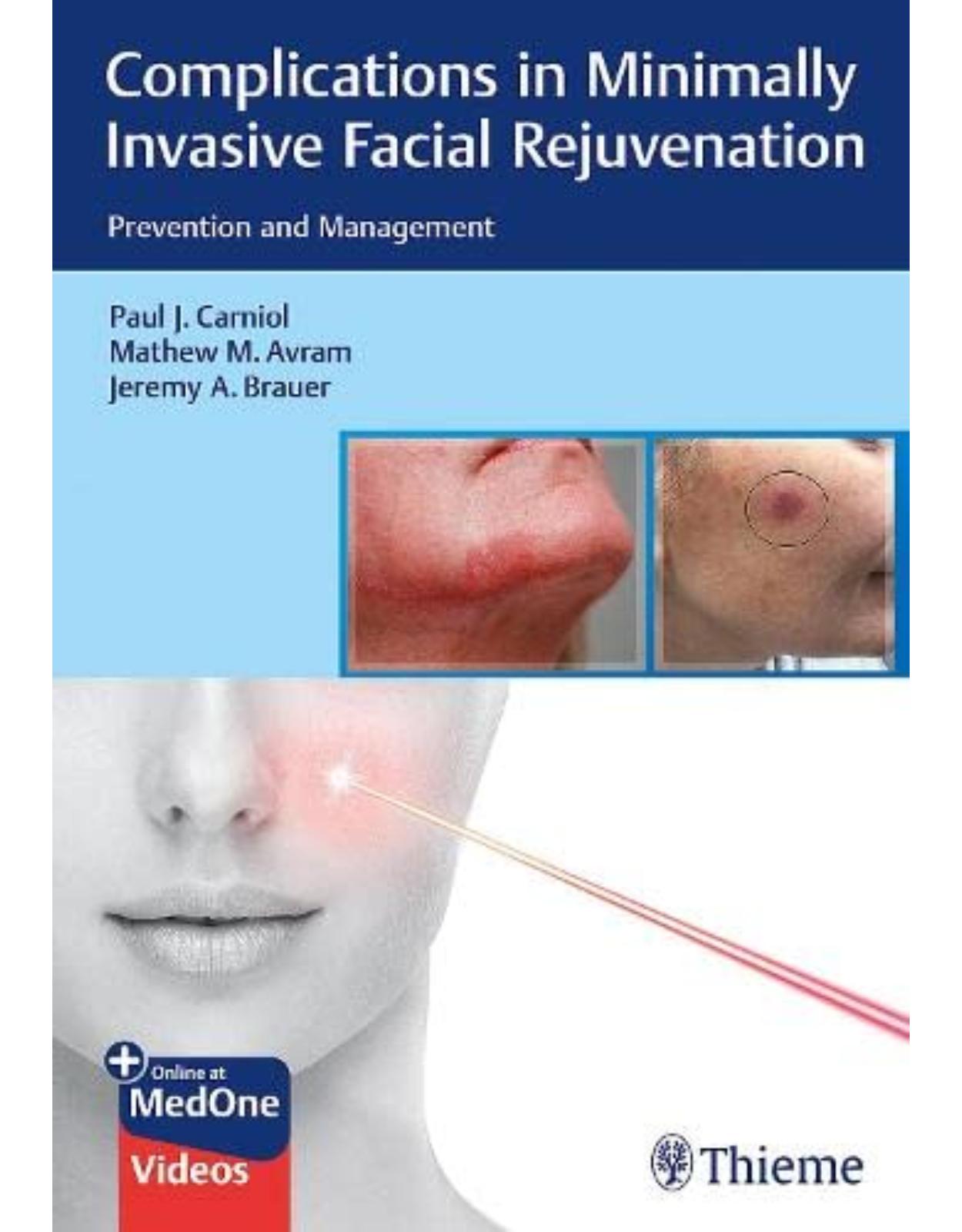
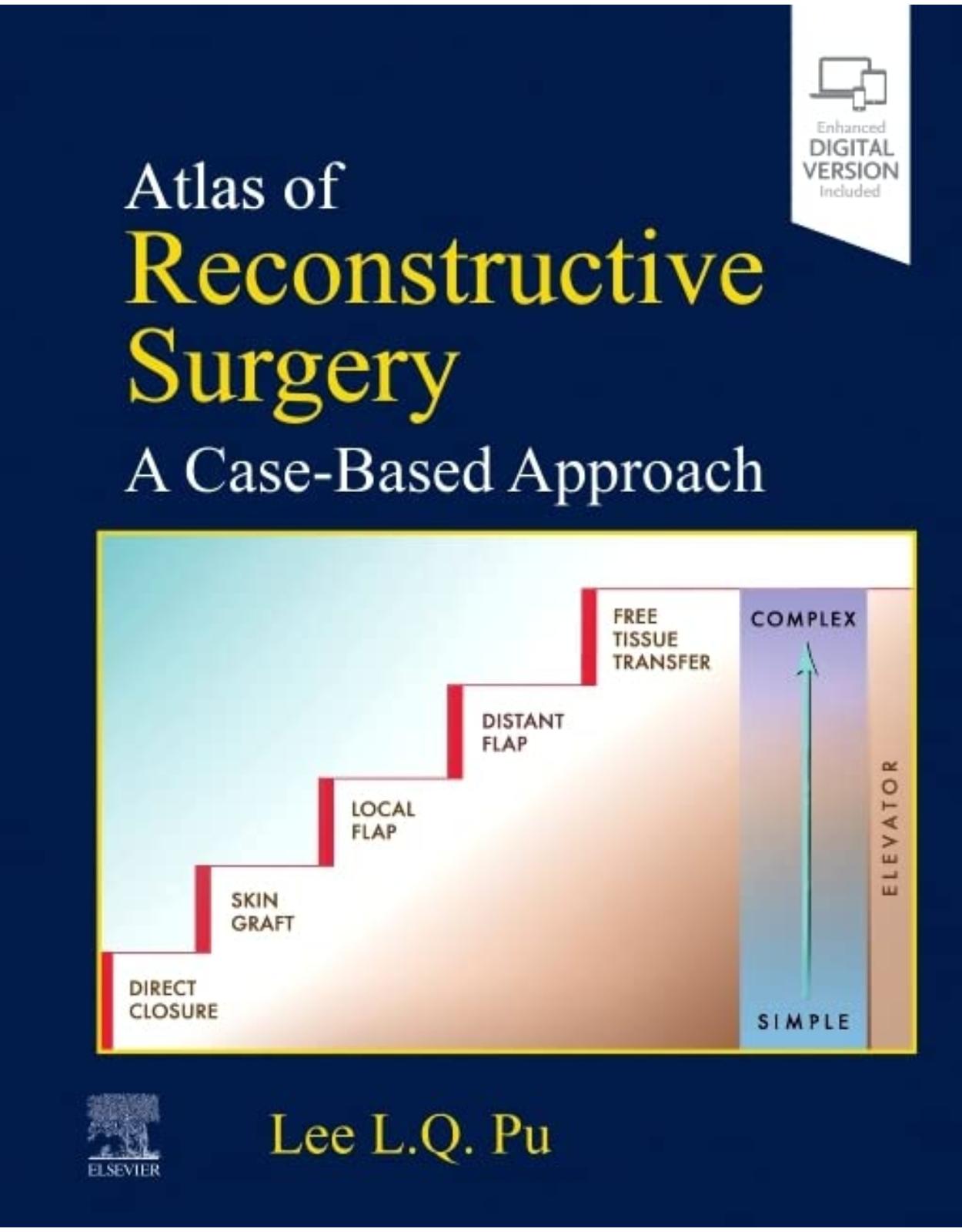
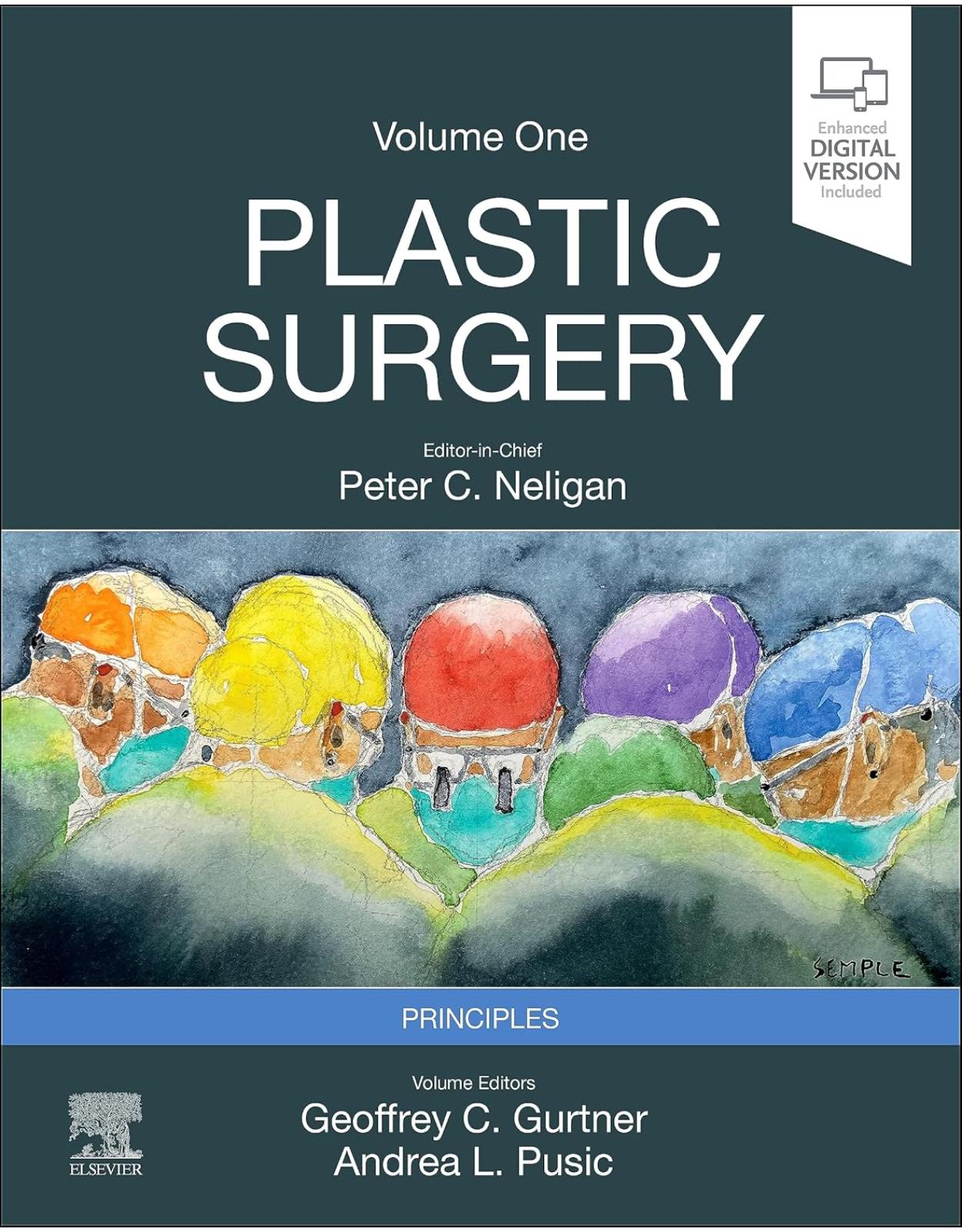
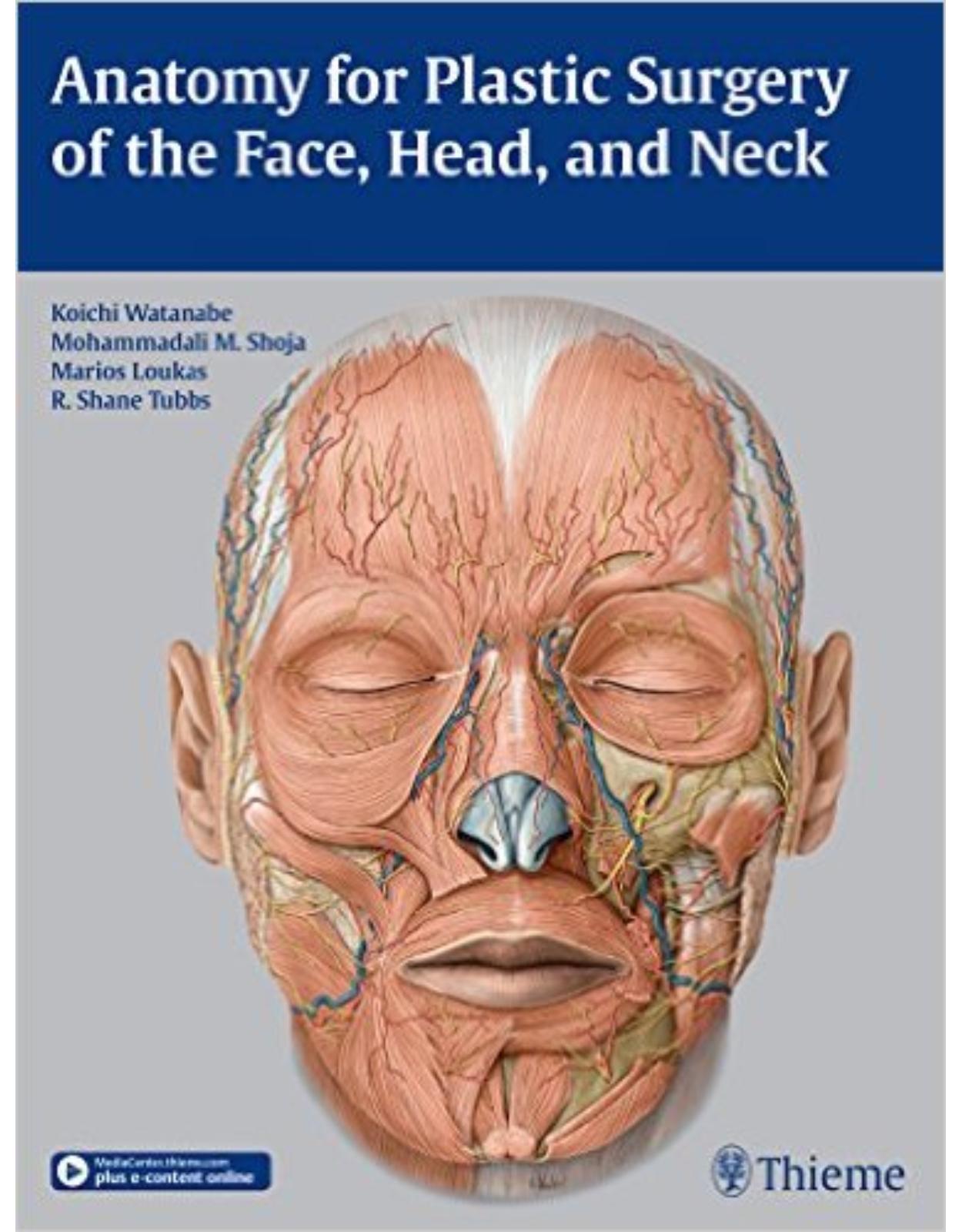
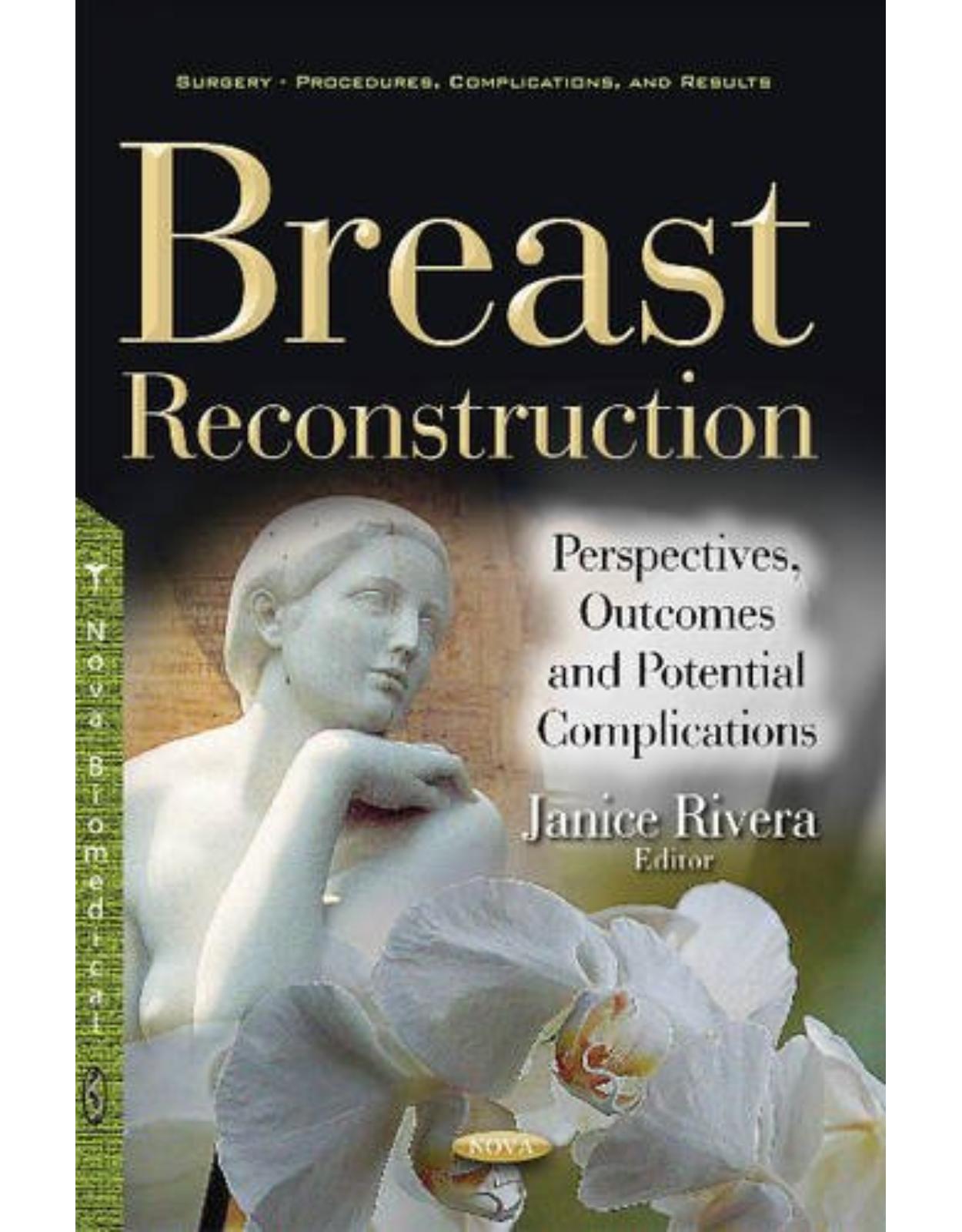
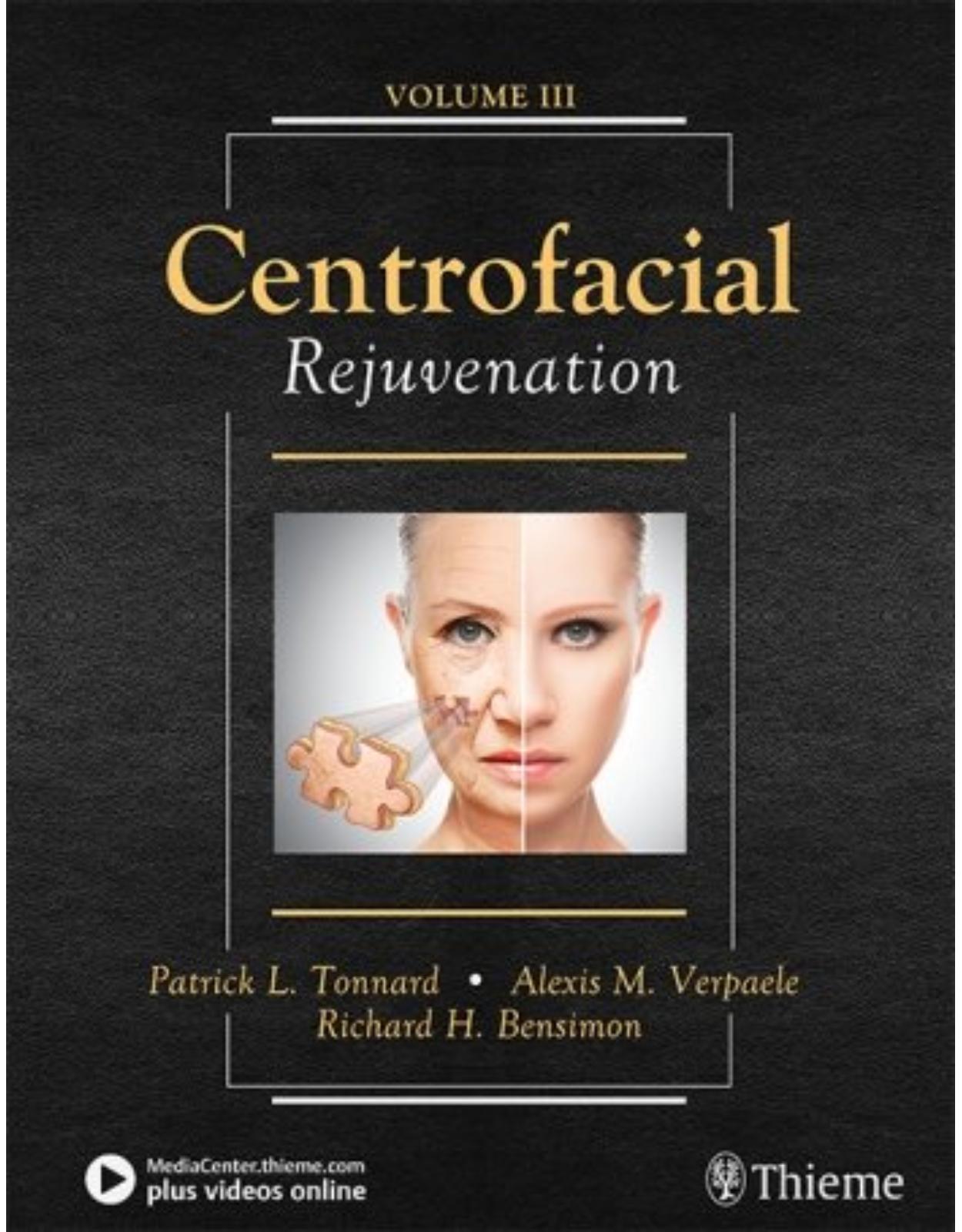
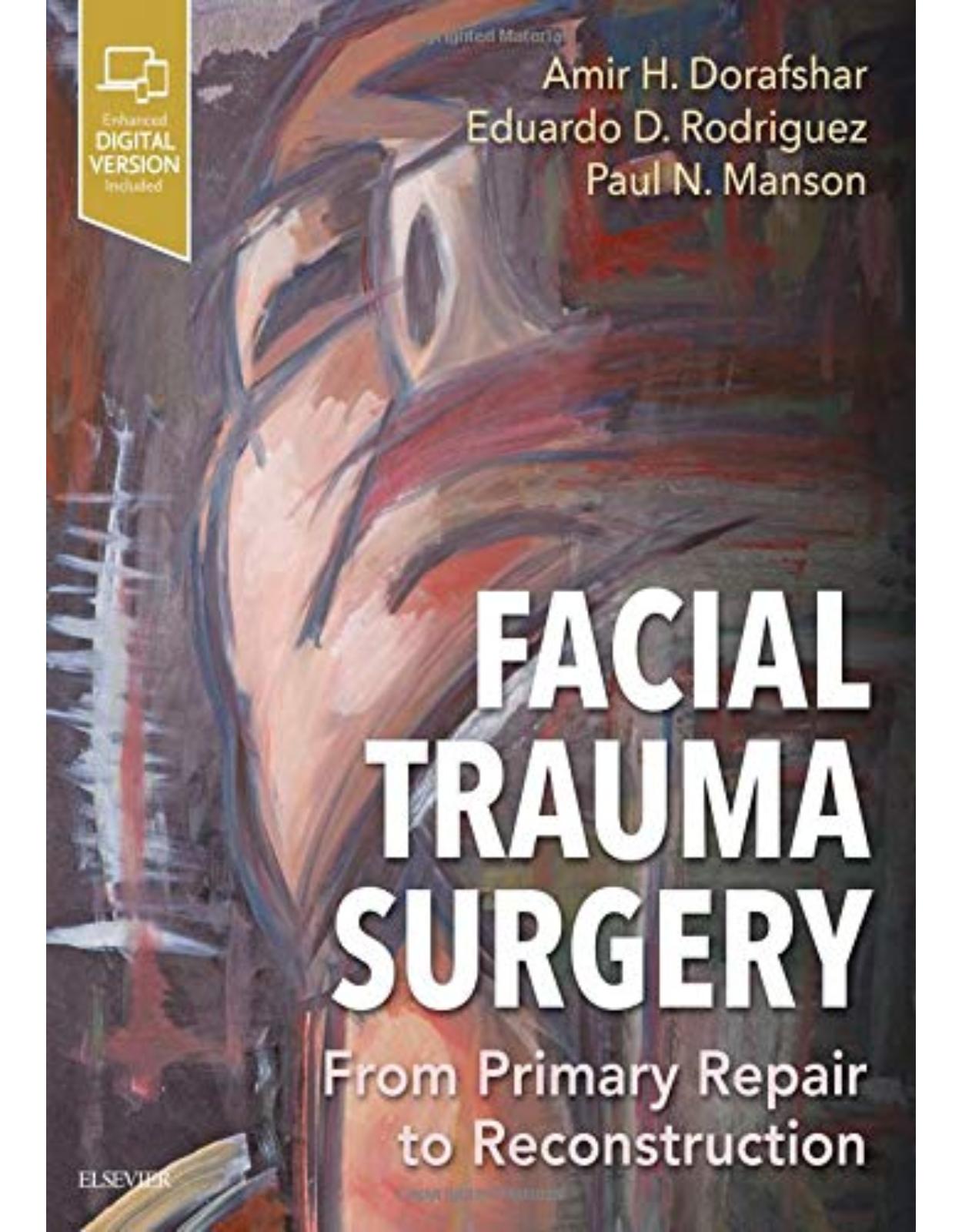
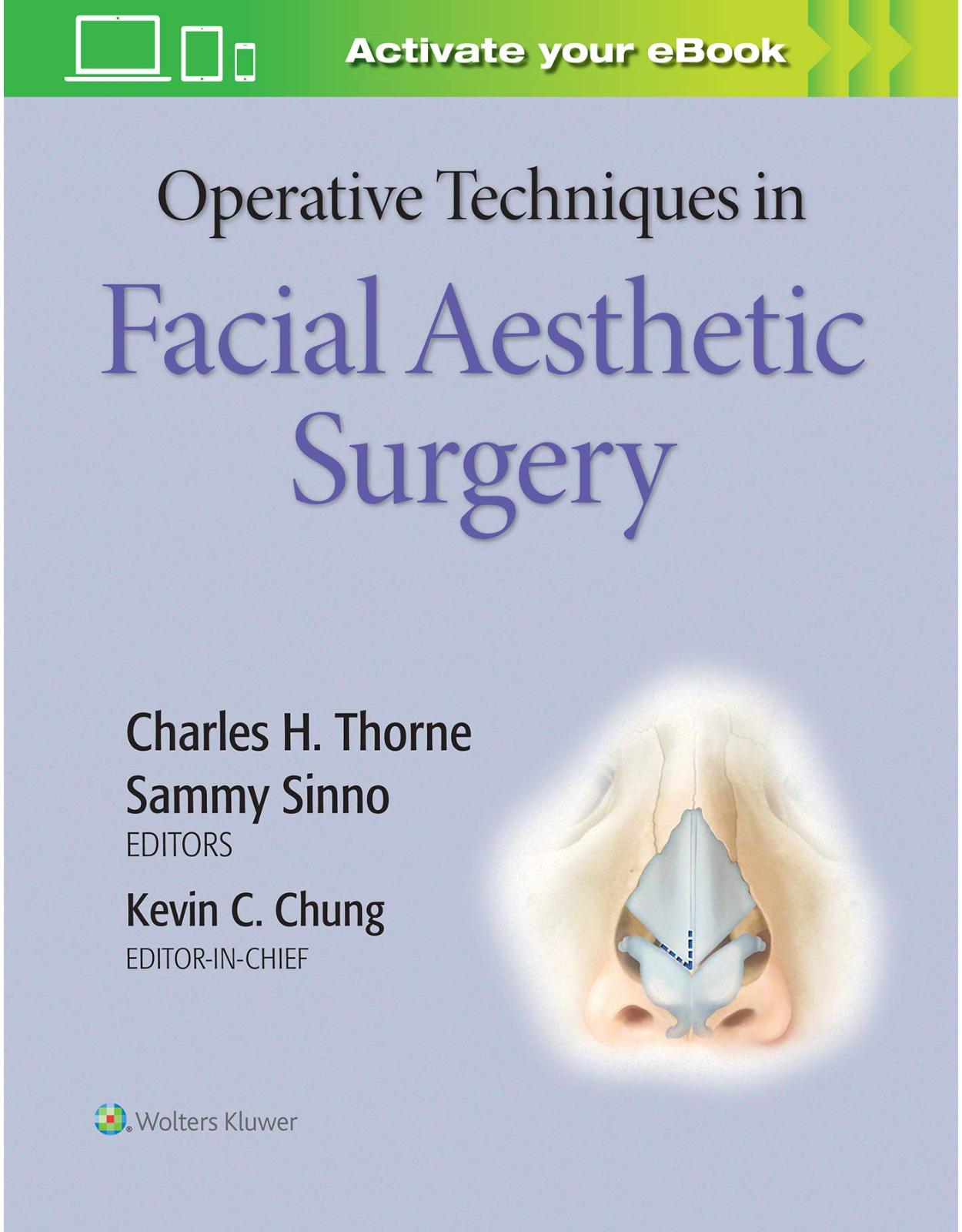
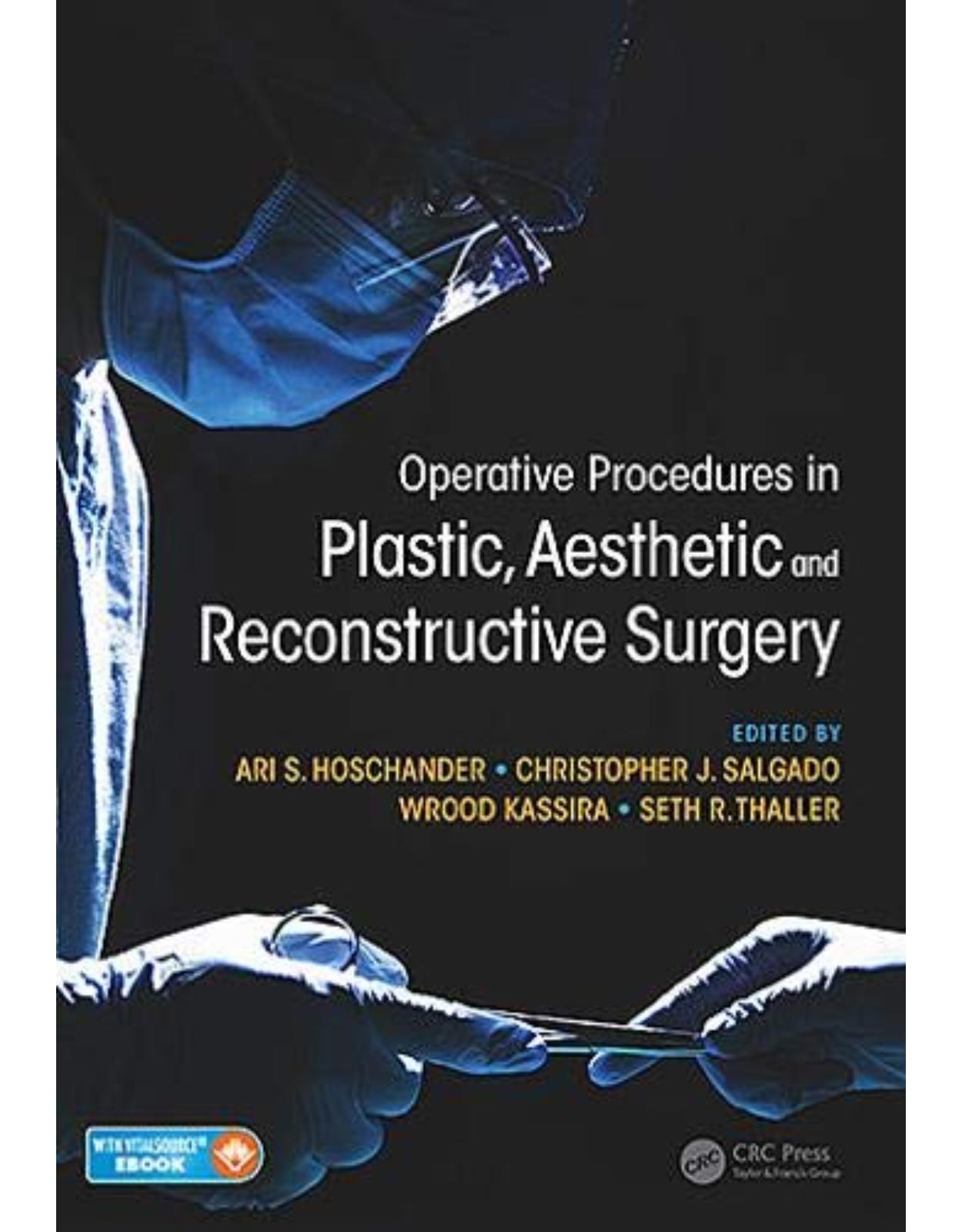
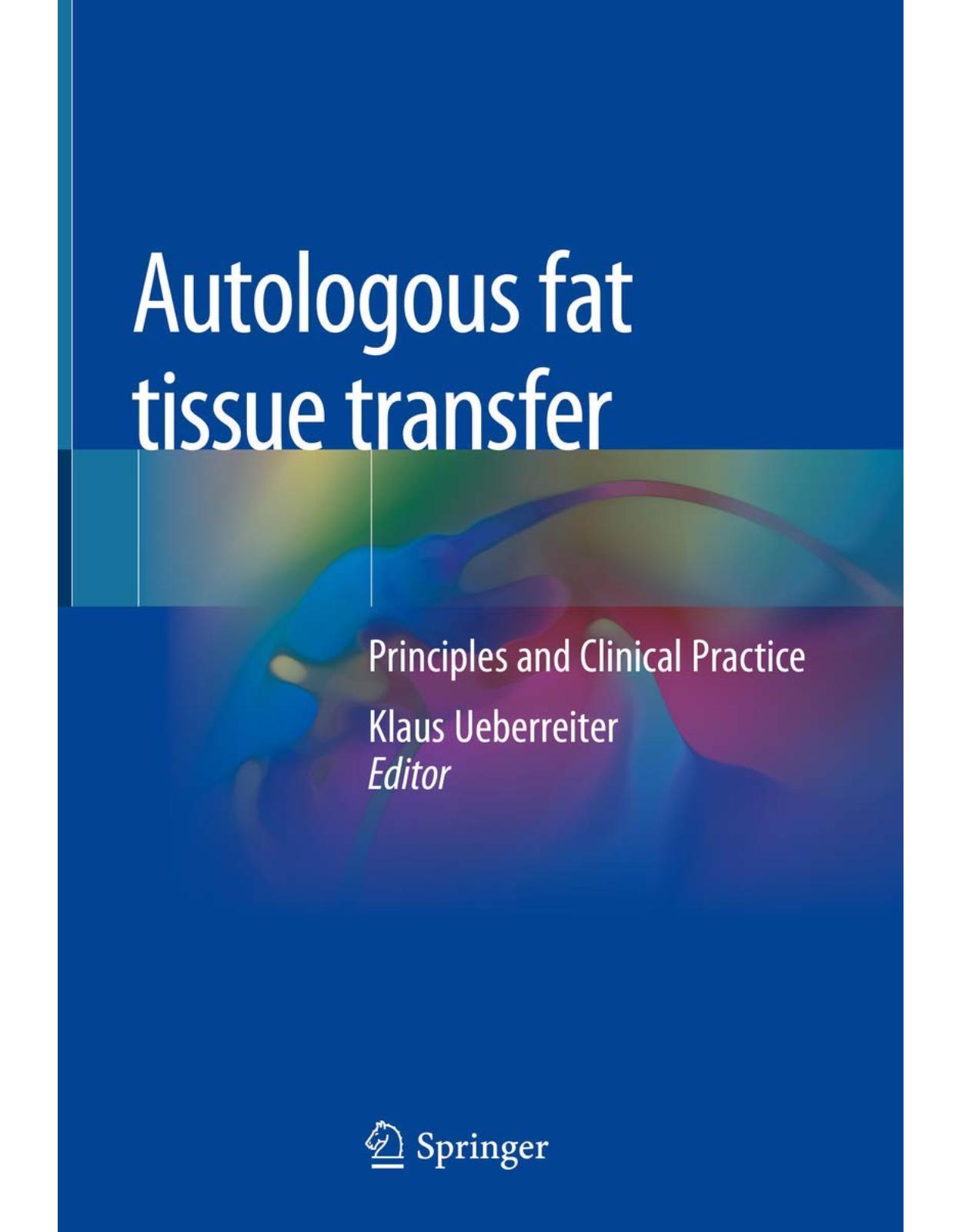
Clientii ebookshop.ro nu au adaugat inca opinii pentru acest produs. Fii primul care adauga o parere, folosind formularul de mai jos.